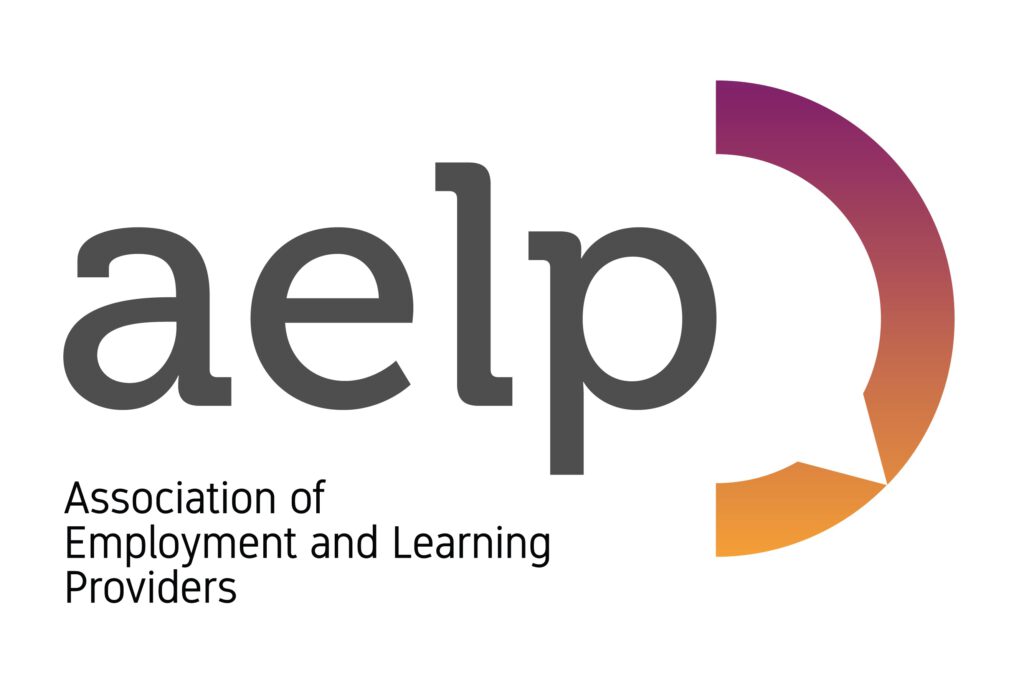Subcontracted delivery of apprenticeships dropped significantly in first year of the levy, FOI data reveals

Independent training providers delivered the training for two-thirds of apprenticeships in the first full year of the levy.
At the same time, the new funding rules under the levy helped the government achieve its aim of significantly reducing the amount of subcontracted delivery within the sector. Out of the 376,000 apprenticeship starts in 2017-18, only 11% (41,500) were subcontracted compared with 26% the previous year.
The figures have been obtained from AELP’s annual FOI request for apprenticeship starts data which shows how many starts in total were actually delivered by each type of provider. This differs from the officially published data for ESFA-contracted starts for lead providers which doesn’t show which type of provider delivered the training for subcontracted apprenticeships.
Apprenticeship starts fell overall by 24% last year and AELP believes that this is a factor in the decline of the ITP share of the market (now 67%) which had been around three-quarters in recent years. As well as the reduction in subcontracting, 200 fewer ITPs delivering apprenticeship training to non-levy paying employers as a result of a controversial government procurement exercise in 2017 and the halving of the budget for SMEs’ apprenticeships since April 2017 also help to explain the decline in share. In addition other publicly funded provision, including HE, is starting to grow its share.
FE colleges, which contracted out over a third of their delivery (36%) to ITPs in 2016-17, are not only subcontracting less but delivering less themselves. Only 13% of college-contracted apprenticeships were subcontracted to ITPs to deliver last year (2017-18), a fall of 78%.
AELP CEO Mark Dawe said:
‘It is clear that the change in subcontracting rules and an inability to access funding has reduced the ability for independent training providers to deliver apprenticeships and this would seem to be a major contributor to the fall in apprenticeship numbers in 2017-18. While genuine subcontracting in the interests of employer need shouldn’t be banned, its use as an income source for the lead provider with little benefit to the employer or learner certainly shouldn’t be accepted.
‘We are still in a state of transition on the apprenticeship reforms which may or may not lead to the end of the ESFA contracting system, so share of the market by provider type may fluctuate for a while yet particularly with new entrants such as the HEIs who are the only organisations able to deliver and assess degree apprenticeships. However if the current refresh of the government’s provider register goes well, employers can be more confident of gaining access to good quality training whatever type of provider they use without worrying about funding being creamed off unnecessarily in management fees.’
Despite the reduction in subcontracting, AELP maintains that the ESFA funding rules should impose a 20% on subcontracting management fees to ensure that even more funding should reach frontline delivery of apprenticeship training.
Notes
- Provider by type delivery data for apprenticeships in 2017-18
Taking into account subcontracted delivery, apprenticeship starts in 2017-18 by provider type were:
|
Number of starts by delivery |
2017-18 |
||||
|
Provider type |
Total |
% |
|||
|
ITP |
251,386 |
67% |
Directly delivered |
334,866 |
|
|
GFE |
92,420 |
25% |
Subcontracted |
41,530 |
|
|
Other public funded |
27850 |
7% |
Total |
376,396 |
|
|
Schools |
210 |
0% |
|||
|
Sixth Form College |
1300 |
0% |
|||
|
Special Colleges |
3230 |
1% |
|||
|
Total |
376,396 |
||||
Source: ESFA data obtained by FOI request made by AELP
Detailed data includes:
- There were 376,168 apprenticeship starts recorded in the 2017/18 academic year.
- 89% of all starts were directly delivered and 11% were subcontracted. This compares with 74% directly delivered and 26% subcontracted in 2016/17.
- ITPs delivered 67% (251,386) of all apprenticeship starts in 2017/18; of these 14% were subcontracted and 86% directly delivered. GFE colleges delivered 25% of all starts (6% subcontracted, 94% directly delivered). Other public funded bodies including local authorities and Higher Education delivered 7% of starts (3% subcontracted and 97% directly delivered). Schools, Sixth Forms and Special Colleges make up the remaining 1%.
- Of all 41,530 subcontracted starts, ITPs delivered 85% whilst GFE colleges delivered 12% and ‘Other’ providers 2%. Schools, Specialist Colleges and Sixth Forms make up the remaining 1%.
- GFE colleges contracted just 11,470 starts to ITPs in 17/18, down from 52,880 in 16/17. This equate to 13% of all starts compared to 36% in 16/17. This could help explain the reduction in the overall ITP share of apprenticeship delivery from 74% in 16/17 to 67% this year.












Responses